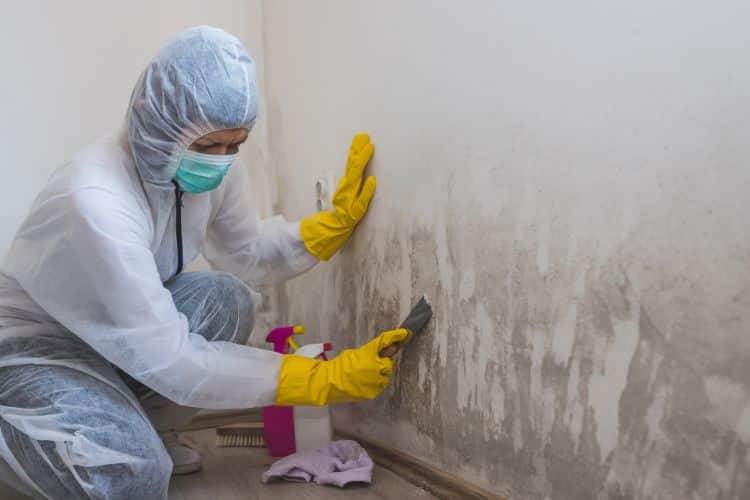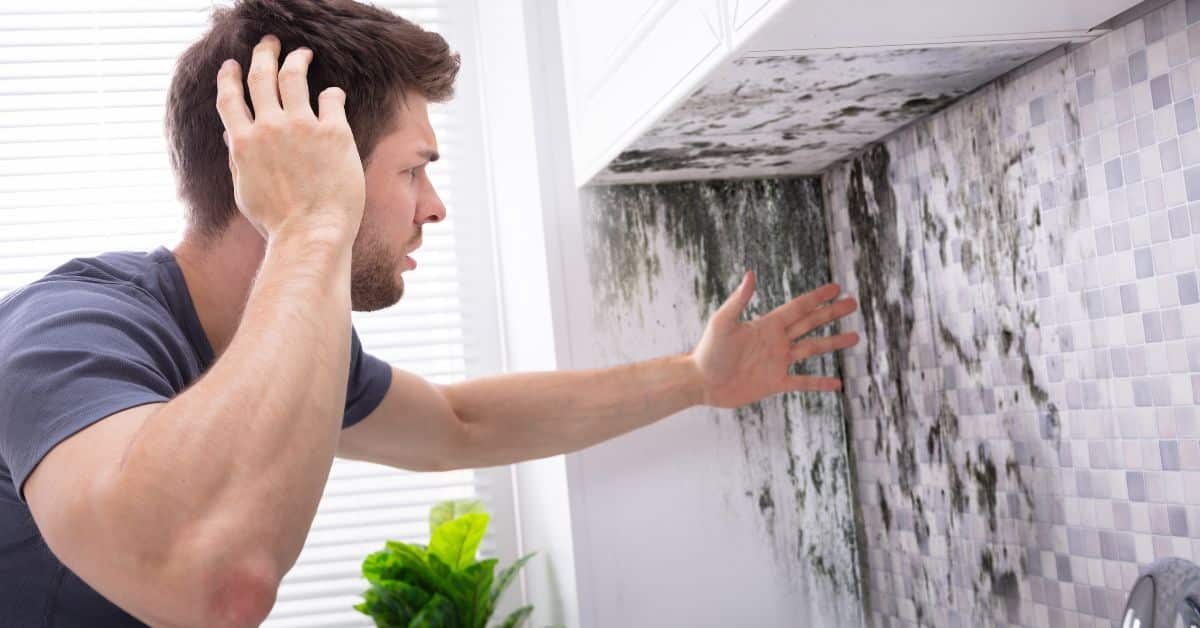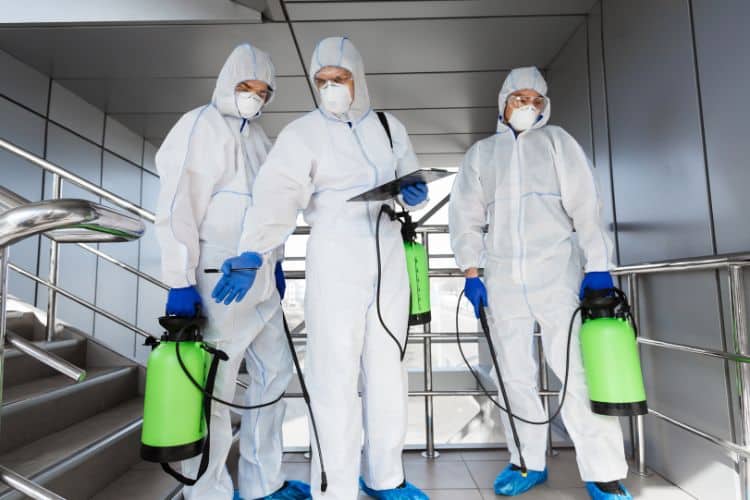Discovering mold growth in your home can be worrying. You may wonder if you should tackle cleanup yourself or hire professional remediators. Both DIY and expert mold removal have their merits, but also crucial limitations to consider before starting a project.

Evaluating Your Mold Problem
The scale and severity of mold contamination should guide your cleanup approach:
Limited Visible Growth
For small areas of surface mold less than 10 square feet, DIY methods may suffice if done properly. Larger or hidden growth likely requires experts.
Type of Mold
Some mold types like black mold are hazardous. Their spores can harm the lungs and trigger allergic reactions. Leave cleanup to professionals with respiratory protection.
Affected Materials
Hard surfaces like tile and plastic lend themselves to DIY cleaning. But porous materials like drywall, carpet, and insulation need replacement that’s best left to contractors.
Moisture Source
Any leaks, floods, or humidity issues causing mold must be fully resolved first. This may require professional repairs beyond typical DIY abilities.
Take an honest look at the scope of mold damage before choosing your cleanup path.
DIY Mold Removal Tips
With limited surface mold in an accessible area, homeowners equipped with protective gear can tackle removal:
Safety First
Wear an N95 mask, goggles, and gloves when handling mold. Reduce exposure to yourself and prevent spreading spores. Open windows and use fans for ventilation.
Contain the Area
Isolate the workspace with plastic sheeting. Apply painter’s tape around the edges for a tight seal. This keeps spores from spreading during work.
Remove Loose Mold
Carefully remove any materials covered in mold like ceiling tiles or insulation. Bag them in plastic for disposal.
Clean Surfaces
Scrub affected surfaces using detergent and water. Take care not to splash liquid and release airborne spores.
Apply Disinfectants
After thorough cleaning, apply mold killer solutions or bleach to treat the remaining spores. Ensure surfaces stay wet for 10+ minutes.
Dry Completely
The area should dry fully before removing the containment. Use fans and dehumidifiers to accelerate drying and prevent recurrence.
Dispose Properly
Bag all moldy materials in heavy plastic, seal them tightly, and dispose of them properly. Never place it in compost.
With preparation and safe work practices, limited DIY mold removal is possible. But recognize your personal limits.
Benefits of Professional Mold Remediation
For moderate or severe mold contamination, hiring a certified mold removal contractor is highly advisable:
Proper Containment
Contractors use specialized plastics, sealing techniques, air scrubbers, and dehumidification to isolate and ventilate work areas thoroughly. This keeps mold safely contained.
Advanced PPE
Remediators have extensive personal protective equipment including full-body Tyvek suits, fitted respirators, and head/foot covers. This enables safe exposure when working extensively with mold.
Effective Treatment
Professionals have access to commercial-grade disinfectants, antimicrobial coatings, and ozonation equipment for comprehensive mold killing and residual prevention.
Complete Removal
Contractors remove all affected porous materials for proper off-site disposal, rather than surface cleaning alone. This eliminates hidden mold sources.
Structural Repairs
Experts can fix underlying moisture issues like pipe leaks that may be beyond typical DIY abilities and lead to recurring mold.
Clearance Testing
Remediators confirm mold removal using air sampling and lab analysis. They verify a site is ready for rebuild by meeting rigorous clearance standards.
Hiring professionals for challenging mold removal and structural repairs provides true peace of mind that your home is fresh and healthy once again.
Questions to Ask a Mold Remediation Contractor
When selecting a removal contractor, ask these key questions:
- Are you licensed or certified for mold remediation in this state?
- What protocols will you follow during the job (ANSI, IICRC, EPA, etc.)?
- How will you isolate and ventilate the workspace to contain contamination?
- What types of PPE will your team use?
- What are your testing methods before, during, and after remediation?
- Do you provide any warranties or guarantees for your work?
A reputable contractor will answer thoroughly and be ready to start work immediately with comprehensive and transparent mold removal practices.
When to Choose DIY or Professional Help
Here are a few rules of thumb for deciding between DIY and hired experts:
- For small visible surface mold under 10 square feet, DIY may work if done carefully.
- If you have any uncertainty about how to proceed or your own safety, hire pros.
- For large areas, hidden mold, or porous materials, professionals are strongly advised.
- If structural repairs are needed, use a contractor for these and the associated mold removal.
- Seek professional project oversight and clearance testing even after DIY steps.
Make your decision thoughtfully regarding the health of your home and personal limitations. Professionals remain the gold standard for definitive mold elimination.
For professional mold inspection and remediation using proven industry best practices, contact Crown Mold Specialists. Our certified experts contain, treat, and verify the elimination of any indoor mold contamination. We offer transparent processes, fair pricing with no hidden charges, and detailed reporting to bring your home back to a mold-free state




